Fojnica is one of the old towns of Bosnia and Herzegovina. Numerous archeological findings and monuments illustrate an interesting story of how Fojnica was established and tell the story of a village that existed here many millennia ago.
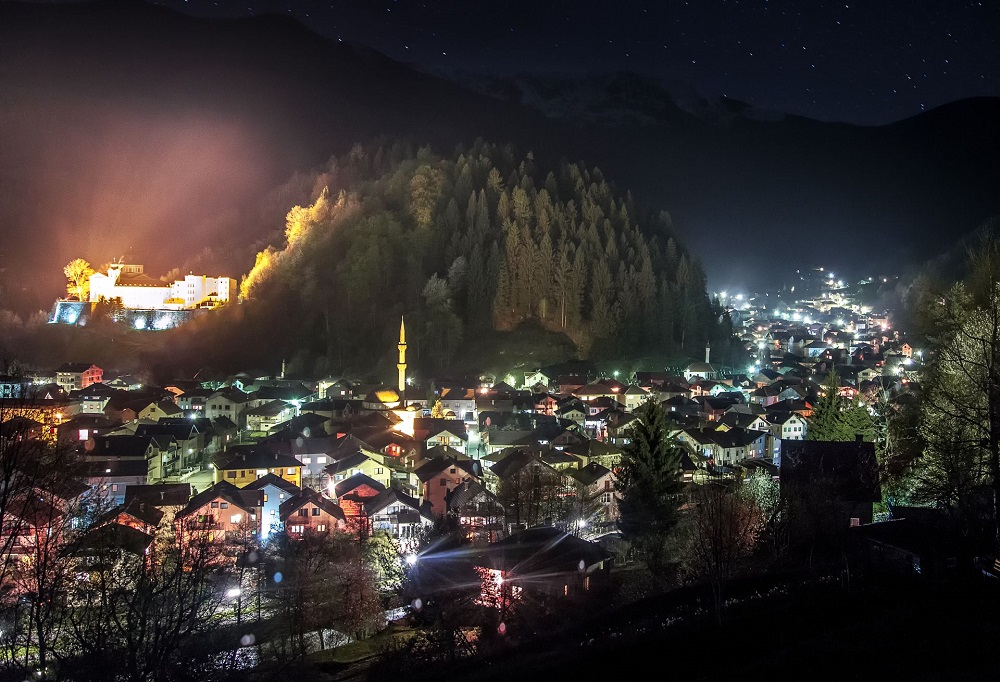
The old Romans used to live here and they left coins behind. Then came the people of Dubrovnik and brought along with them a new religion, and the German tribe called the Saxons introduced new mining methods. Later on, this area with a special architecture was under the rule of two great empires: the Austro-Hungarian Empire and the Ottoman Empire.
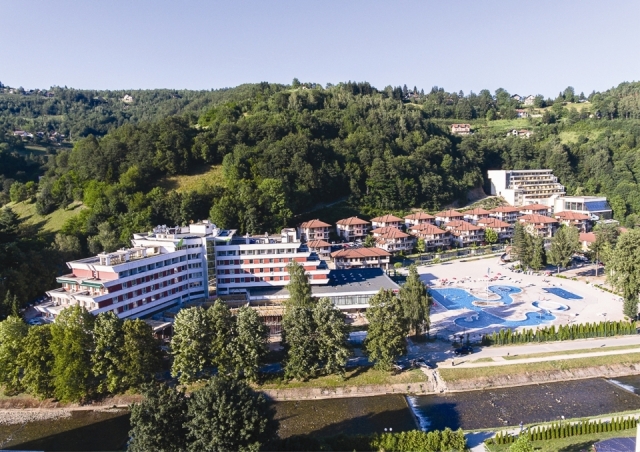
Making the Town Popular
However, people spread the word about Fojnica, a town of gold and golden rivers because the waters in its rivers and creeks carry gold, but it was most famous for its therapeutic spa. At the end of the 19th century, the spa’s radioactivity and efficiency was tested, and patients started to feel its health benefits after the end of the First World War. Health and recreation were not the only reasons to visit Fojnica; other types of tourism started to flourish here too such as continental, sports and religious tourism. This was made possible due to a rich cultural and historical heritage and a wide range of natural resources. The town sits in the valley of a mountain range comprising Vranica, Šćit, Zahor and Bitovnja Mountains that are particularly appealing to nature lovers and hikers. Also, whoever comes here must not miss the opportunity to climb the nearby mountains: Pogorelica, Lopata and Zec.
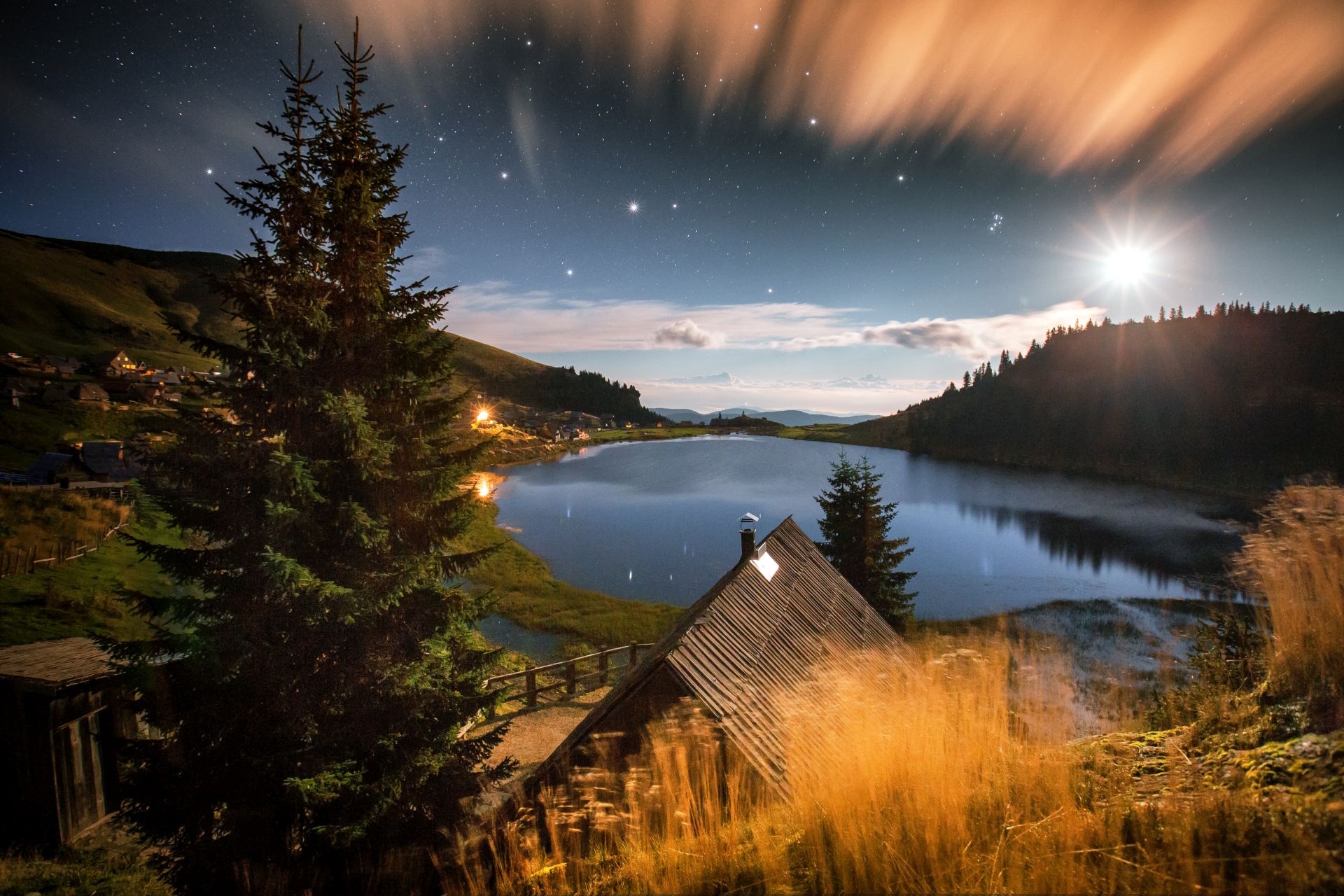
Prokoško Lake
Just 22 kilometers away from Fojnica, one of the most beautiful natural lakes is situated on Mount Vranica – the Prokoško Lake. Local inhabitants call it the Eye of the Mountain. The lake and the surrounding area were declared a regional nature park in 1982. Shepherd huts, the so called katuni, are scattered around the lake, and the lake’s idyllic position at 1653 meters above sea level is the reason why it has been an important tourist site for quite some time.
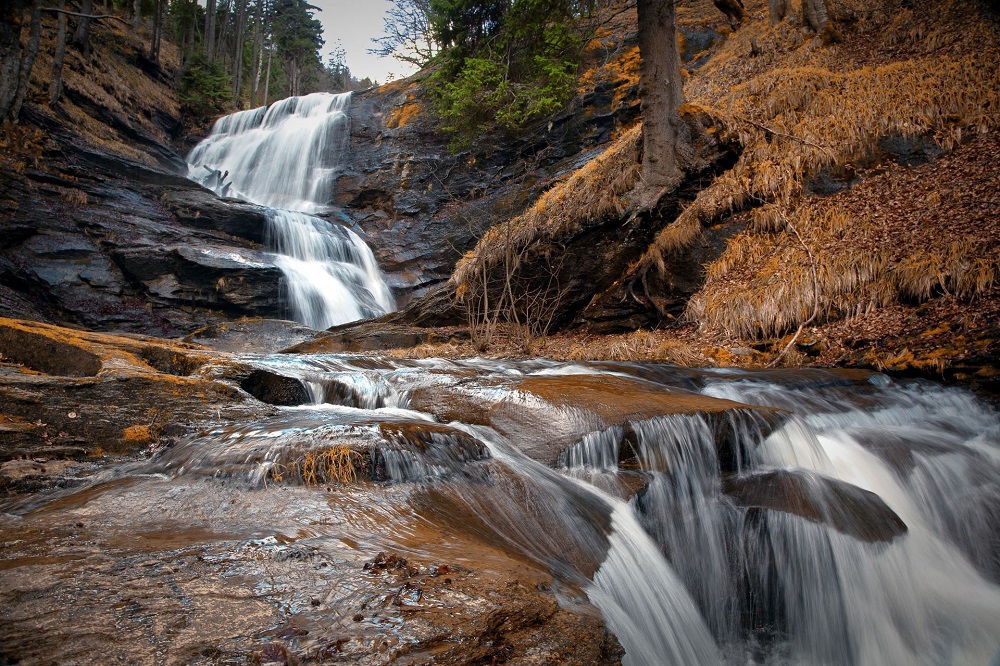
Kozica Waretfalls & the Famous Ahdnama
Some ten kilometers away from Fojnica, there is another natural site – the Kozica Waterfalls. In the woods, several smaller and larger cascades have formed varying in size from 5 to 20 meters.
As you go further, you come across the remains of the Kašteli fortress where the Franciscans used to live. The legend says that Friar Anđeo Zvizdović lived there too. After the fall of the Kingdom of Bosnia into Ottoman hands in 1463, he met Sultan Mehmed Fatih II the Conqueror at Milodražje. That is when he was given the Ahdnama, the legal recognition of Bosnian Franciscans by the Ottoman Empire, as well as the promise of freedom of religion, movement and possession of property to the Bosnian Franciscans and the Catholic population. The famous charter, and the blue cape the Sultan put on Friar Anđeo Zvizdović when they met, are on display at the Franciscan Museum of Fojnica.
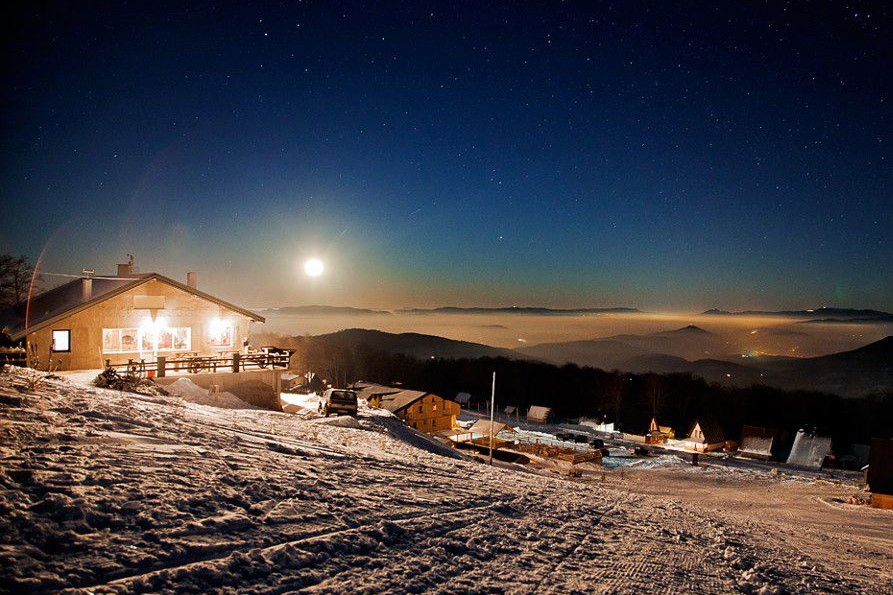
Summer and Winter Activities at Brusnica
Recreation Centre “Brusnica”, offering lots of activities in summer and winter time, is located on the beautiful slopes of Mount Vranica. They include horse-back riding, mountain biking, motorcycle touring, hiking, skiing, ski-scooter riding, sledding and tubing. During the winter, there are four ski lifts and four ski slopes: one of them is over 500 meters long, and another one is 1100 meters long – that is the slope for professionals.
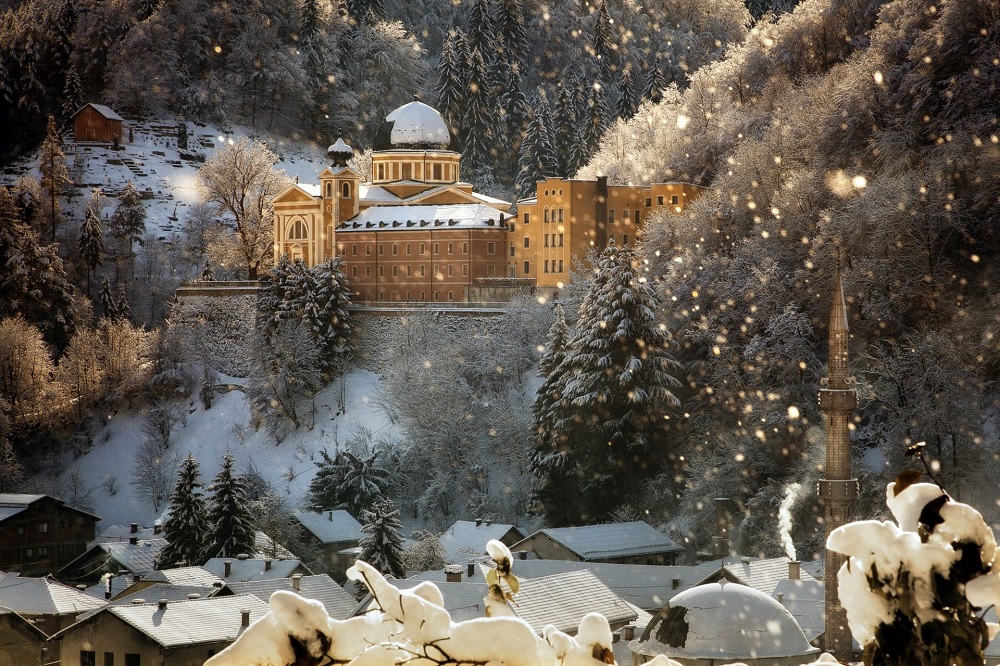
Cultural and Historic Monuments
Built at the foot of the Križa Hill, Franciscan Monastery of the Holy Spirit is known for its large library and museum and it welcomes visitors by wishing them peace and well-being. We do not know exactly how old it is, but we do know that the renowned Franciscans inhabited Fojnica as early as the fourteenth century. The Monastery’s chambers are the home to about 10 000 books including all kinds of world literature and religious books, old paintings, interesting traditional garments as well as jewelry, a numismatic collection of old coins, craftsmen’s tools and many other important items collected by devoted Franciscan priests.
The Atik Mosque, the oldest mosque in Fojnica, also tells an important story from the chronicles of Fojnica’s architecture. It was built in 1551 by a local inhabitant Mustafa Hadr; the street in which this place of worship is located is named after him – Hadrovići. At one time, a 350-year old Qur’an was found in one of the mosque’s walls, and a number of valuable manuscripts in the Turkish and Persian language was hidden in the attic.

God is praised at Fojnica’s tekkes too. The Vukeljići Tekke is the most prominent one and it is the central gathering place of the followers of the Naqshbandi Sufism. It is humble in appearance just like the dervish life displayed at the Family Museum of Great Sheikh Ćazim Hadžimejlić built right across the tekke. Among other things, there you can see the way the dervishes dressed, what manuscripts they read and the types of creations they were interested in making.
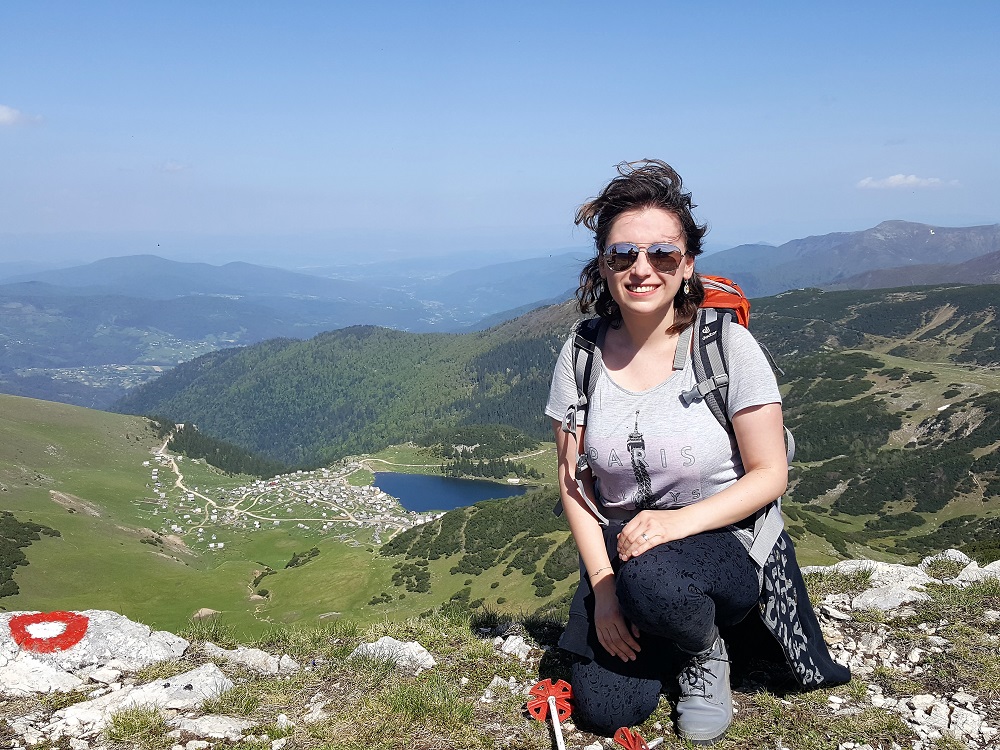
There are many stories Fojnica wishes to tell by offering its guests a comfort zone, an insight into the past and a holiday designed for them. Visiting heritage sites full of courage, wit and knowledge, and conquering green mountain slopes high above the town, you will not only remove dust from the collection of stories about our ancestors’ life, but also get to know yourself along the way. There is nothing more important than that, is there?